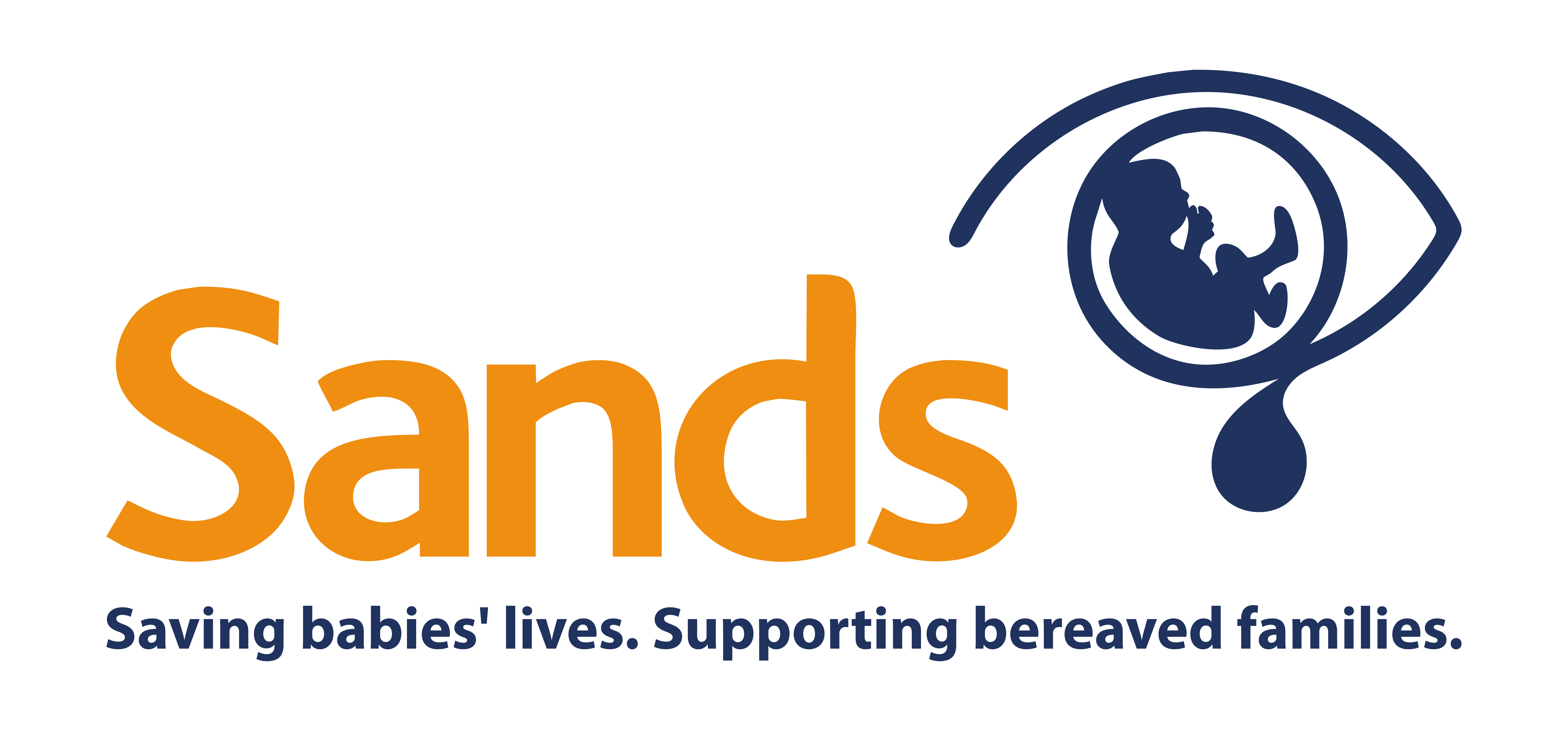10 March 2015
The final 2013 data for stillbirths and neonatal deaths, released by the Office for National Statistics (ONS), shows a fall in the UK stillbirth rate to 4.6 stillbirths in every 1000 births. This is the lowest recorded since 1992. This is after over a decade of stagnation in the UK stillbirth rate which is historically one of the worst in the developed world.
While Sands welcomes the beginnings of a downward trend in recent years, we know much more can be done to bring rates down. We want to see the UK rate fall further, to 2–3 per 1,000 births as has been achieved in other countries.
The rate of neonatal deaths also fell slightly in 2013 to 2.7 per 1000 live births.
Why has the stillbirth rate fallen?
While it’s difficult to pinpoint exactly what is behind the reduction in the stillbirth rate, we do know that awareness alone can have an impact. The NHS in England has been focusing on stillbirth reduction since 2013 – although the impact of this work, which is still in development, is hard to measure. Stillbirths and neonatal deaths are now outcome measures against which the quality of NHS is held up to scrutiny.
A significant proportion of stillbirths are among babies who are growth restricted and better antenatal detection and management can save lives. The Perinatal Institute’s Growth Assessment Protocol (GAP) programme, which trains maternity staff to take accurate and consistent measurements of a pregnant woman’s abdomen in order to track the baby’s growth has been rolled out in many units in recent years.
What is Sands role?
Sands’ Why17? campaign, launched in 2009, brought national attention to the fact that 17 babies were dying every day in the UK before, during or shortly after birth. Launched in all four UK countries, the campaign together with Sands’ Saving Babies Lives report highlighted that many of the deaths would have been avoided with better care and better information. Until then, babies’ deaths were mostly thought of as unavoidable tragedies.
It’s no coincidence, that Scotland, the first UK country to focus on stillbirth reduction in response to our campaign and initial report, has seen a consistent fall in their stillbirth rate since 2011, and in 2013 had the lowest rate in the UK at 4.2 per 1,000 births.
Sands has continued to raise awareness of perinatal deaths across the UK. Our 2012 Preventing Babies’ Deaths report highlighted key areas where a vital difference could be made in improving care and information. Sands and the Department of Health in England have partnered to develop stillbirth prevention work which will begin to have an impact in 2015.
The downward trend in the stillbirth rate is not yet reflected in all parts of the UK, however. While the smaller populations in the devolved nations mean greater fluctuations in the mortality rates are to be expected, Scotland has demonstrated that a sustained fall is possible and we look forward to that being achieved throughout the UK.
In Wales stillbirth prevention has been highlighted by the government and Sands continues to work closely with the national stillbirth group to push for improvements in maternity care.
There is concern that NI, previously known for having the lowest stillbirth rates in the UK, has recently seen rates rise and we hope that moves to address stillbirths through a national group there too, will gain momentum.
Falling birth and death rate
There was also a significant fall in 2013 in the total number of babies who died in the UK, from 6,198 in 2012 to 5,712 in 2013. This is largely because 2013 saw the largest drop in 40 years in the number of babies being born, from 816,704 births in 2012 to 782,431 in 2013. With fewer births and therefore fewer deaths, it’s now no longer the case that 17 babies a day die before and around the time of birth – that figure is now between 15 and 16.
Why has the neonatal death rate fallen?
The number of babies dying neonatally has fallen markedly over the years. Improving medical knowledge of how to care for these babies and better organisation of care through neonatal networks have certainly contributed. One in four neonatal deaths reported occurs before 24 weeks gestation. Due to variation in practice around the UK, this may actually be an underestimate of the number of deaths as often they may be described as late fetal losses rather than neonatal deaths, so do not make it into the perinatal statistics.
The future/What’s next?/Is this as good as it gets?
While the drop in the stillbirth and neonatal mortality rates are to be welcomed, it remains unacceptably high. As the devastating findings of the Morecambe Bay report published on 4 March 2015 highlight all too vividly, every baby death should be scrutinised to understand whether poor care played a role and, if so, to learn lessons so that future deaths are avoided. According to the latest country data comparisons, the UK still has one of the highest stillbirth rates in Europe.
Sands looks forward to seeing the publication of the first detailed national perinatal surveillance report since 2009 which will be published online by MBRRACE-UK (Mothers and Babies Reducing Risk through Audit and Confidential Enquiries) on 10 June (www.npeu.ox.ac.uk/mbrrace-uk). This report will give us more detail about the babies who die, information that will be invaluable to researchers, those organising and working in maternity services and us at Sands.
In December this year MBRRACE-UK will also publish the first national confidential enquiry into antepartum term stillbirths for almost 20 years, which will give us an even clearer picture of failures of care and the numbers of babies who died, that might otherwise have survived.
